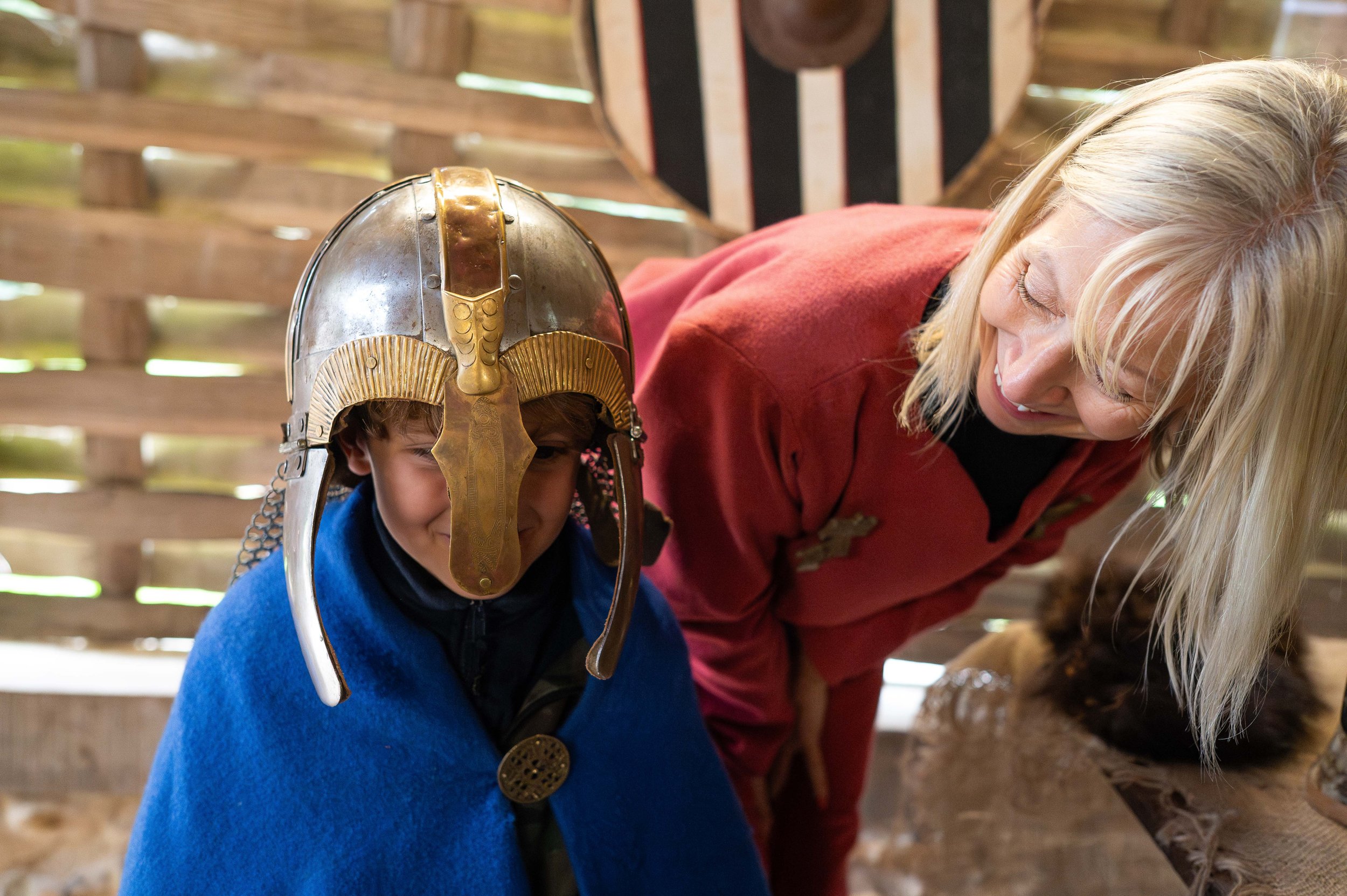
Step into the Anglo-Saxon Age
At Chiltern Open Air Museum, we have a range of immersive school learning experiences.
This Anglo-Saxon themed day includes two workshops where our educational leaders bring the theme to life with hand-on activities. The workshops take place in or around our historic buildings, giving students a unique and authentic experience.
This themed day is suitable for both KS! and KS2 students.
Anglo-Saxon Day
Step into the past with an Anglo-Saxon Day at COAM. Your students will explore Anglo-Saxon life through interactive activities like jewellery-making, using the runic alphabet and playing traditional games, discovering how this historic culture shaped early England. A captivating way to make history come alive for young learners. The day consists of two workshops - one introducing Anglo-Saxon life and another where students can have a go at an archaeological dig. The day is suitable for both Key Stage 1 and Key Stage 2 students.
Workshops length: 2½ hours
Cost per group of up to 32 students and 6 accompanying adults:
During academic year 2024 to 2025: £405
During academic year 2025 to 2026: £425
Available: All year round
Subject links: History, Science, Geography, Art, PE and D&T
KS2 curriculum links: Britain’s settlement by Anglo-Saxons. Anglo-Saxon invasions, settlements and kingdoms: place names and village life. Anglo-Saxon art and culture.
Anglo Saxon workshop learning outcomes:
To understand how Anglo Saxon people used to live and compare to modern day life.
To learn Anglo Saxon crafts, such as weaving and jewellery making.
To learn how to use the Runic alphabet.
To analyse and handle replica Anglo Saxon artefacts.
Archaeological dig workshop learning outcomes:
To explore why archaeology is important to historical understanding.
To learn about archaeological techniques used on a site, e.g. aerial photography, LIDAR, geophysics, cataloguing, analysis, context and dating.
To analyse and handle replica artefacts from different time periods and place them on a chronological timeline.
To consider what the discovered items might reveal about the people who used them.










